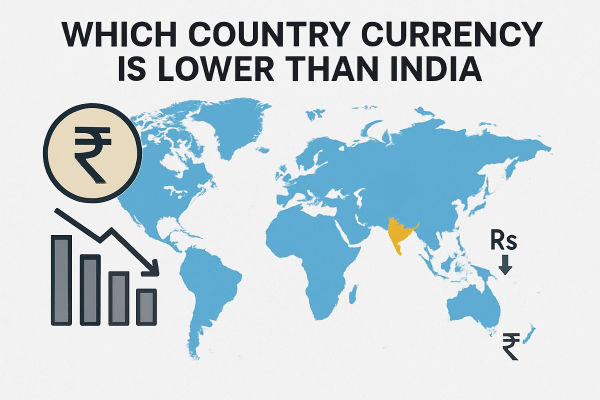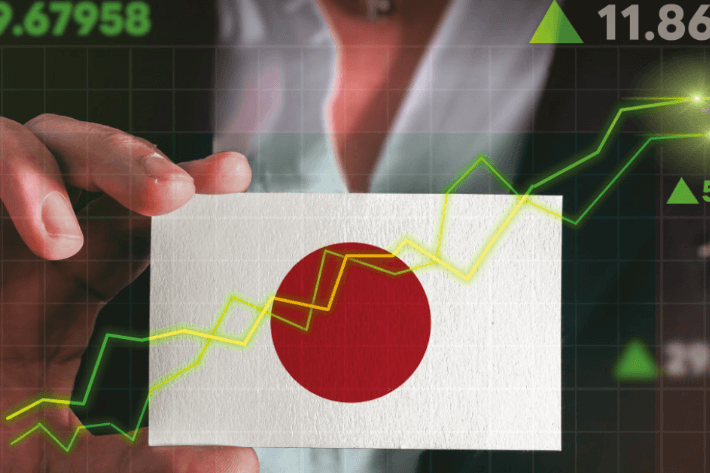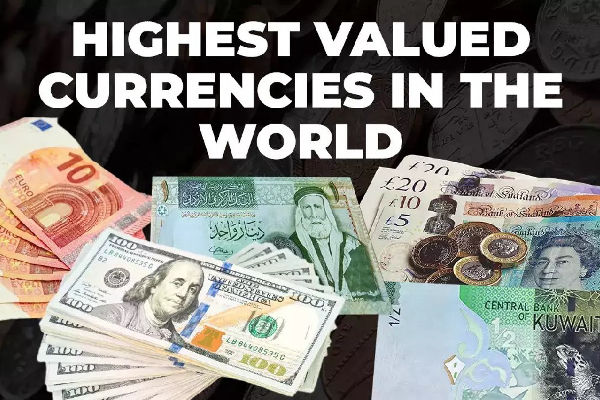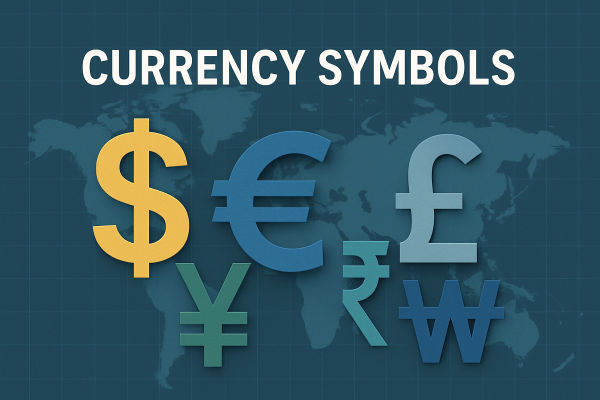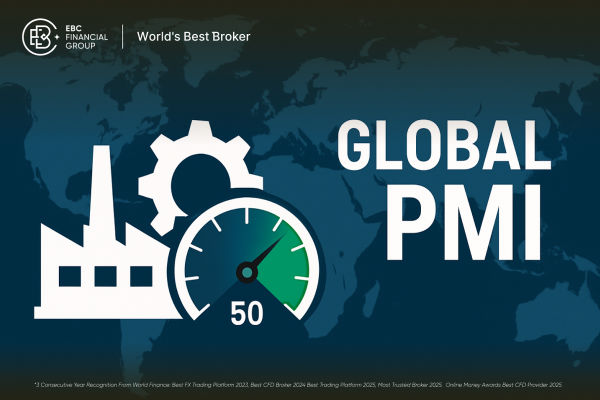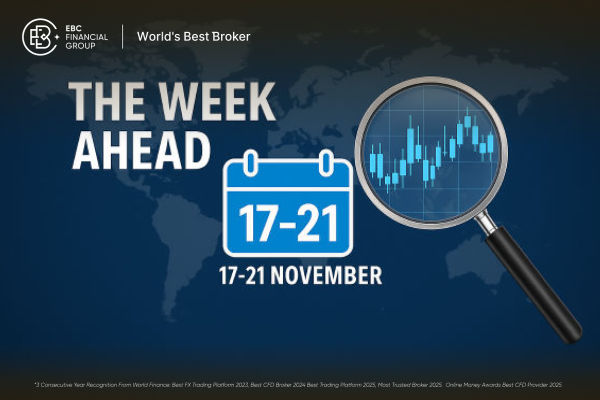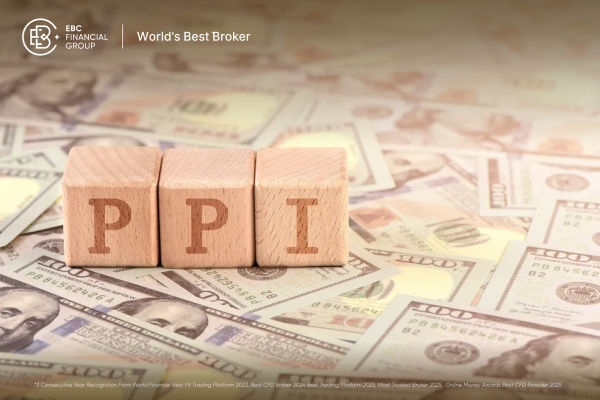In 2025, Asia boasts some of the world's strongest and most resilient currencies, a reflection of economic stability, oil wealth, strategic pegs, and financial reserves.
For companies, investors, and traders, identifying which Asian currencies have the greatest purchasing power and stability can improve financial decisions.
Here's an updated ranking and deep dive into the top ten strongest Asian currencies this year.
Top 10 Asian Countries with High Currency

| Rank |
Country |
Currency |
Approx. Value (USD) |
| 1 |
Kuwait |
Kuwaiti Dinar (KWD) |
≈ 3.26 USD |
| 2 |
Bahrain |
Bahraini Dinar (BHD) |
≈ 2.65 USD |
| 3 |
Oman |
Omani Rial (OMR) |
≈ 2.60 USD |
| 4 |
Jordan |
Jordanian Dinar (JOD) |
≈ 1.41 USD |
| 5 |
Brunei |
Brunei Dollar (BND) |
≈ 0.77 USD |
| 6 |
Singapore |
Singapore Dollar (SGD) |
≈ 0.77 USD |
| 7 |
Azerbaijan |
Azerbaijani Manat (AZN) |
≈ 0.58 USD |
| 8 |
Saudi Arabia |
Saudi Riyal (SAR) |
≈ 0.26 USD |
| 9 |
United Arab Emirates |
UAE Dirham (AED) |
≈ 0.27 USD |
| 10 |
Qatar |
Qatari Riyal (QAR) |
≈ 0.27 USD |
1. Kuwaiti Dinar (KWD)
The strongest currency in Asia and the world, the Kuwaiti dinar’s value, around 3.26 USD per KWD is underpinned by vast oil reserves, strict fiscal controls, and a managed peg to a basket of major currencies.
Its stability reflects Kuwait’s disciplined monetary framework and sovereign wealth backing.
2. Bahraini Dinar (BHD)
Trading at approximately 2.65 USD, the Bahraini dinar maintains a tight peg to the U.S. dollar.
The country relies heavily on oil exports and offshore banking, which contribute to a consistent flow of foreign exchange. Robust governmental regulation and economic reforms support the dinar’s long-term stability.
3. Omani Rial (OMR)
Valued at about 2.60 USD, the Omani rial is protected by a dollar peg and Oman’s conservative fiscal policies.
Though dependent on hydrocarbons, Oman has diversified gradually and maintained confidence in its currency through strong external reserves and moderate inflation.
4. Jordanian Dinar (JOD)
Despite limited natural resources, the Jordanian dinar maintains a solid value of roughly 1.41 USD thanks to prudent monetary strategy and its fixed link to the U.S. dollar.
Foreign aid, remittances, and tight central bank control provide critical support for the dinar’s purchasing power.
5. Brunei Dollar (BND)
At near parity with the Singapore dollar, about 0.77 USD per BND, the Brunei dollar’s strength stems from oil and gas revenue and its currency agreement with Singapore.
Brunei’s small population and high GDP per capita contribute to a strong external balance and low inflation.
6. Singapore Dollar (SGD)
Trading around 0.77 USD, the Singapore dollar is one of Asia’s most actively managed currencies.
It benefits from Singapore’s robust financial system, low inflation, and diversified export economy. The Monetary Authority of Singapore regulates inflation and growth using a managed exchange-rate band instead of traditional interest-rate targeting.
7. Azerbaijani Manat (AZN)
Valued near 0.58 USD, Azerbaijan’s manat gains strength from its oil and gas exports, along with growing investment in non-oil sectors.
The central bank maintains the manat’s stability by managing reserves and intervening in currency markets when needed.
8. Saudi Riyal (SAR)
Pegged at about 0.26 USD, the Saudi riyal is backed by the Kingdom’s oil wealth and the financial strength of Aramco.
Since 1986, the riyal has maintained its fixed rate, supported by large foreign exchange reserves that absorb fluctuations in oil prices.
9. United Arab Emirates Dirham (AED)
The UAE dirham holds steady at roughly 0.27 USD due to its fixed exchange rate and the country’s diverse economy.
Dubai’s trade, tourism, and finance sectors complement Abu Dhabi’s oil wealth, making the dirham one of the most stable currencies in the Gulf.
10. Qatari Riyal (QAR)
Trading close to 0.27 USD, the Qatari riyal is supported by Qatar’s vast natural gas reserves and high per-capita income.
Its fixed peg to the U.S. dollar, combined with sovereign wealth funding and consistent trade surpluses, ensures enduring currency stability.
Honourable Mentions: Noteworthy Currencies
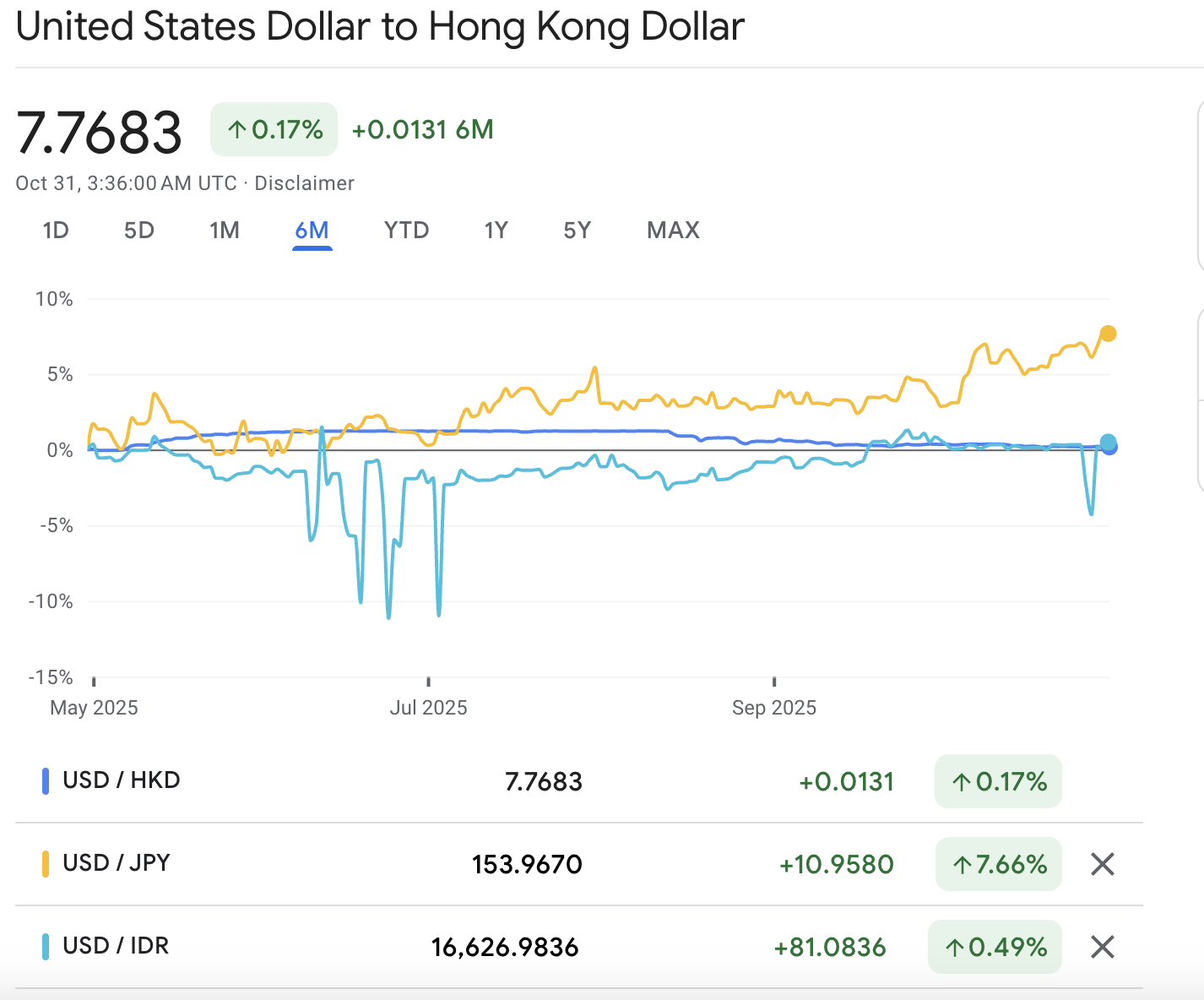
• Hong Kong Dollar (HKD)
As of 31 October 2025, the Hong Kong Dollar trades at 7.77 HKD per USD (≈ 0.13 USD per HKD) under the Linked Exchange Rate System.
The Hong Kong Monetary Authority (HKMA) maintains this narrow trading band between 7.75 and 7.85 HKD per USD by intervening in the foreign-exchange market when needed.
• Japanese Yen (JPY)
The Japanese Yen trades at around 71-72 JPY per USD, reflecting a modest rebound in 2025 after years of depreciation.
The improvement stems from gradual tightening by the Bank of Japan (BOJ), a shift away from negative interest rates, and repatriation of overseas capital amid rising global yields.
• Indian Rupee (INR)
The Indian Rupee stands near 85 INR per USD, supported by strong capital inflows and investor confidence ahead of discussions on a U.S.-India trade agreement.
The Reserve Bank of India continues to manage volatility through open-market operations and steady foreign-exchange reserve accumulation.
Why These Currencies Are Strong
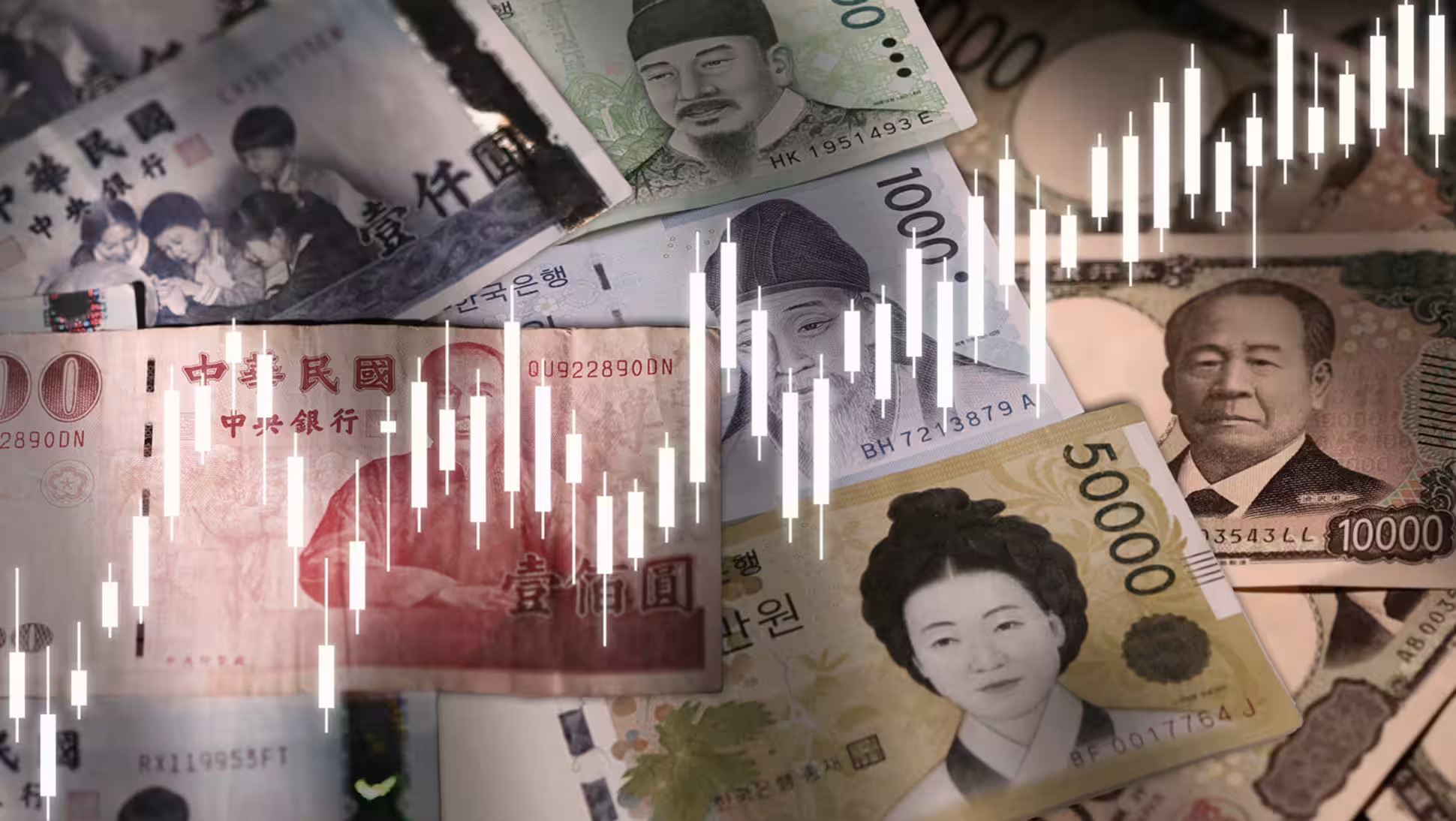
Each currency in the top ten draws strength from distinct pillars:
Oil and Gas Wealth: GCC currencies maintain value through rigid USD pegs and hydrocarbon revenues.
Fiscal and Monetary Discipline: Kuwait, Singapore, and Jordan exhibit conservative approaches, minimal inflation, and robust reserves.
Strategic Pegging: Tying currencies to USD (e.g., SAR, AED, HKD) provides stability amid global fluctuations.
Small, Managed Economies: Brunei and Oman utilise demographic trends and sovereign wealth to ensure macroeconomic stability.
Export and Financial Services Powerhouses: Singapore's diverse economy undergirds its currency's strength.
Outlook: Currency Outlook into Late 2025

1. USD Weakness Benefits (Mostly, But Not Unconditionally)
The US Dollar (USD) fell about 10.7 % in the first half of 2025 on the broad index. That decline benefited several Asian currencies but as of late October, the dollar has shown signs of firmness (e.g., reaching a three-month high versus the yen) which complicates the story.
2. Asian Currency Rally (Mixed Picture)
Some Asian currencies saw meaningful gains earlier in 2025 thanks to the softer USD and improved sentiment. That said, third-quarter data show the broader Asia dollar index actually weakened by about 1.2 % in Q3, with some currencies lagging.
3. Policy Divergence (Key to Watch)
Monetary-policy divergence remains central. With the Federal Reserve (Fed) more cautious and other central banks (like the Bank of Japan, BOJ) slowly shifting stance, this dynamic can boost some currencies (especially the yen) and put pressure on others.
For example, Tokyo inflation came in hotter than expected (2.8 %), complicating BOJ policy.
Outlook for the Remainder of 2025 (as of 31 Oct 2025)
GCC currencies anchored by pegs (e.g., the Kuwaiti Dinar, Saudi Riyal) are projected to remain stable, as long as oil revenues stay robust and no major geopolitical shock hits.
Currencies such as the Singapore Dollar (SGD) may stay supported, but their upside is limited unless there’s acceleration in global growth or a renewed USD decline.
The Japanese Yen (JPY) has modest upside, provided BOJ signals further tightening; but if risk‐off sentiment amplifies, the USD might strengthen and weaken the yen instead.
The Indian Rupee (INR) is likely to hover around current levels (≈ 85–88 per USD) with possible fluctuations depending on trade outcomes, capital flows and global risk sentiment.
Key risk: If the USD resurges (e.g., stronger U.S. data, higher yields), many of these monitors may lose momentum.
Frequently Asked Questions (FAQ)
1. Which is the strongest currency in Asia in 2025?
The Kuwaiti Dinar (KWD) remains the strongest, trading around 3.26 USD per KWD, backed by Kuwait’s vast oil reserves, a managed currency peg, and disciplined fiscal policies.
2. Why are these currencies strong?
They draw strength from oil wealth, sound fiscal policy, USD pegs, ample reserves, and stable governance. Economies such as Singapore and Kuwait benefit from diversified exports and prudent central banking.
3. How did USD performance affect Asian currencies in 2025?
The USD weakened by about 10.7 % in early 2025, boosting many Asian currencies. However, by late October, the dollar showed renewed strength, tempering gains in the region.
Conclusion
In 2025, the strength of these top Asian currencies reflects more than just favourable exchange rates; it highlights deep economic resilience, sound monetary policy, and, in many cases, strategic resource management.
For investors, businesses, and traders, these currencies provide not only purchasing power but also insight into which nations are best positioned to weather global financial volatility.
Disclaimer: This material is for general information purposes only and is not intended as (and should not be considered to be) financial, investment or other advice on which reliance should be placed. No opinion given in the material constitutes a recommendation by EBC or the author that any particular investment, security, transaction or investment strategy is suitable for any specific person.











